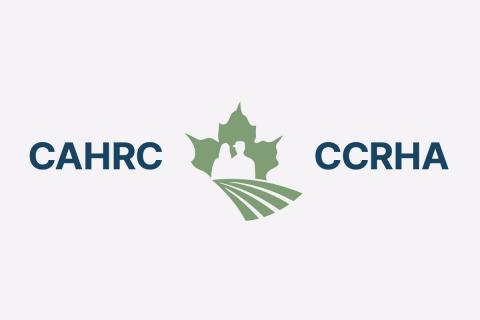Ottawa, ON — Almost a year of research is coming to fruition for the Supporting the Advancement of Women in Agriculture (SAWA) project and the results indicate that more needs to be done to increase gender diversity in leadership roles in the industry.
“A problem has to be properly understood before it can be effectively resolved,” explained Portia MacDonald-Dewhirst, Executive Director for the Canadian Agricultural Human Resource Council (CAHRC). “So while we are not surprised about the state of women’s leadership in agriculture, it is the ‘how, why and what do we do now?’ – that is very revealing.”
The research received very strong interest and support from both women and men with the survey and focus groups. While everyone could agree that there are some barriers to the advancement of women in to leadership roles in agriculture, there were some surprises as to the degree. When asked if they believed barriers existed for women, 14.6% of men responded yes or not sure, compared to 48.9% of women.
When asked about the overall prevalence of barriers, all survey respondents felt that balancing career and family responsibilities (15.8%), breaking into the ‘old boys club’ (15.7%) and a lack of role models (13.1%) were the most prevalent barriers to women in agriculture. These were also the most prevalent barriers respondents reported having either witnessed or experiences themselves.
Download the Summary Report here.
“Now that the industry has a deeper understanding of the specific barriers affecting women in agriculture, we are better able to equip ourselves with the skills and tools needed to effectively address the problem,” explains Jennifer Wright, HR Program Advisor.
The Council is working with agricultural women’s groups such as the Ag Women’s Network and the Advancing Women’s Conferences to support the needs of women in the industry in reaching senior management and executive roles.
The Council will spearhead professional mentoring among agricultural women along with a suite of instructive reference materials for Boards and employers to improve the accessibility of opportunities for women. It will also include an online mechanism to allow quick and easy access to agriculture-related job opportunities and training options as well as searchable information about upcoming events, leadership training opportunities and leadership openings.
“The project will create a one-stop, credible forum for reference material, information exchange, networking and opportunities to support the career success of Canadian women in agriculture,” summarized MacDonald-Dewhirst.
The project is being conducted as a partnership-based initiative with extensive support and contributions from national and regional agricultural associations, training and education providers, and women’s groups, and is funded by Status of Women Canada.
